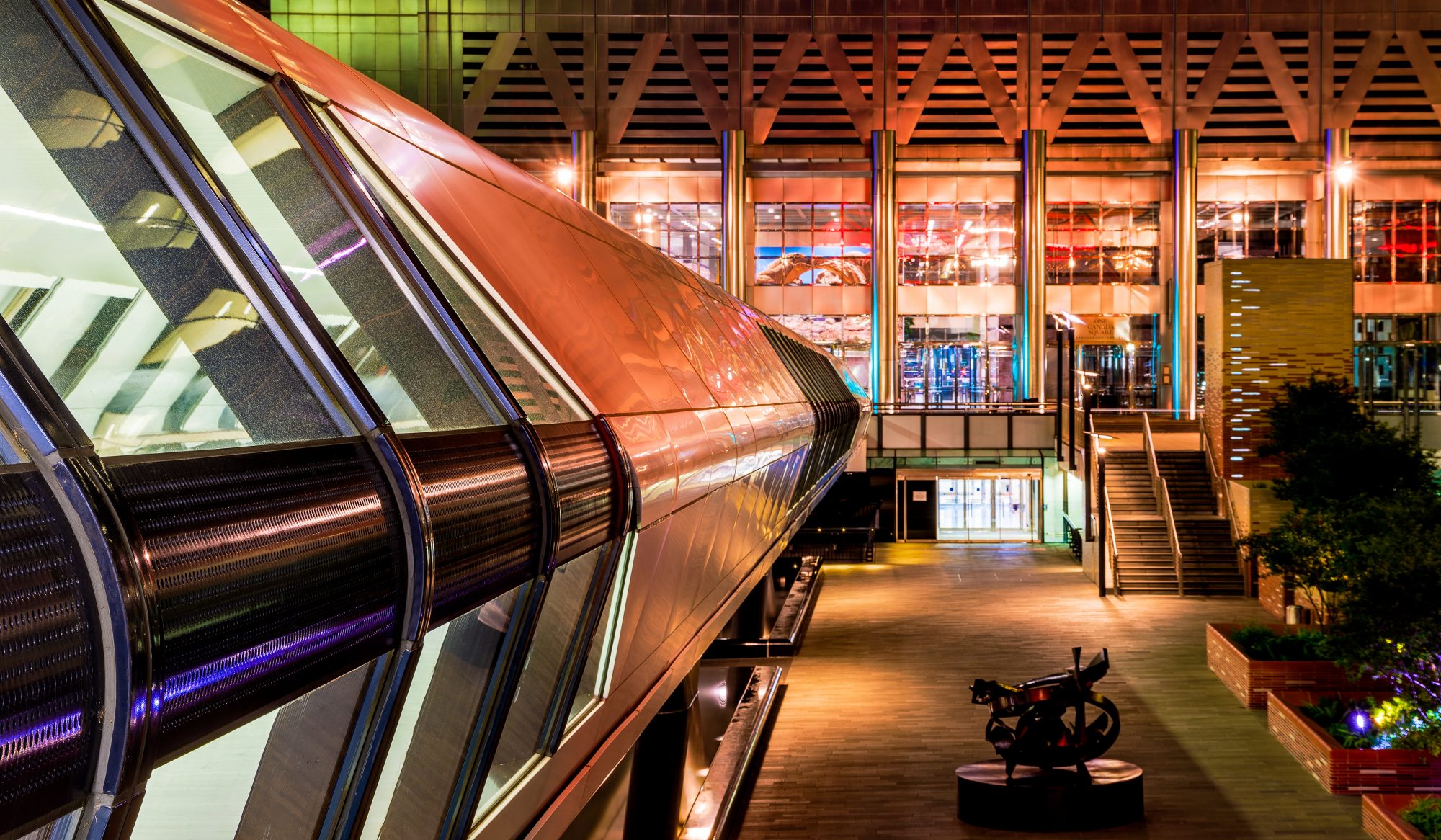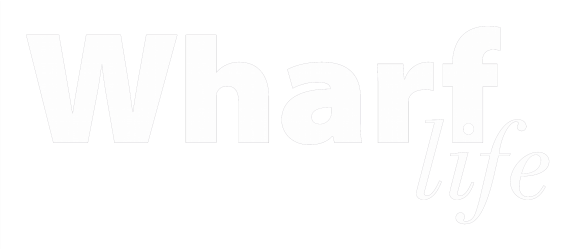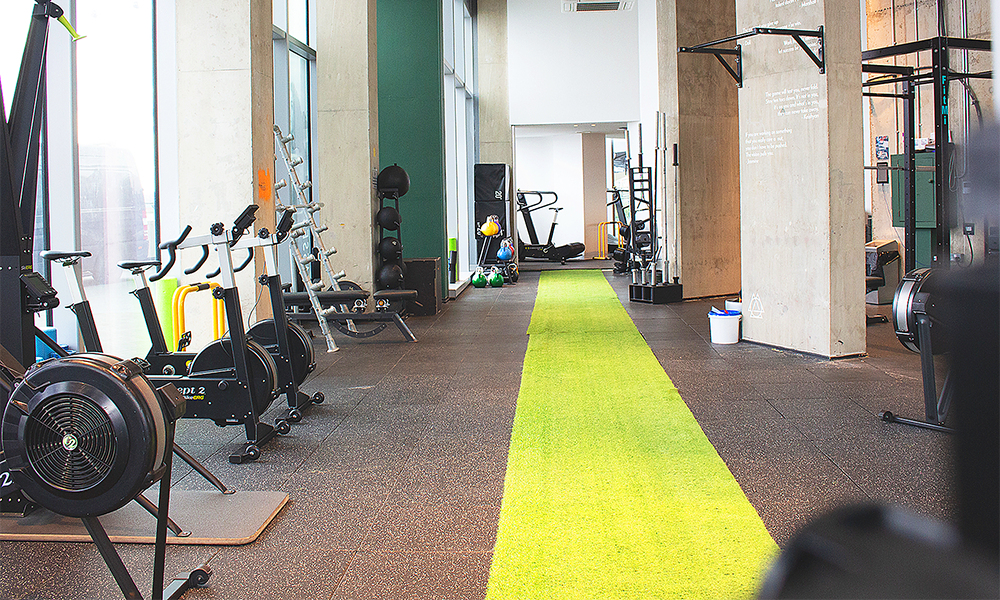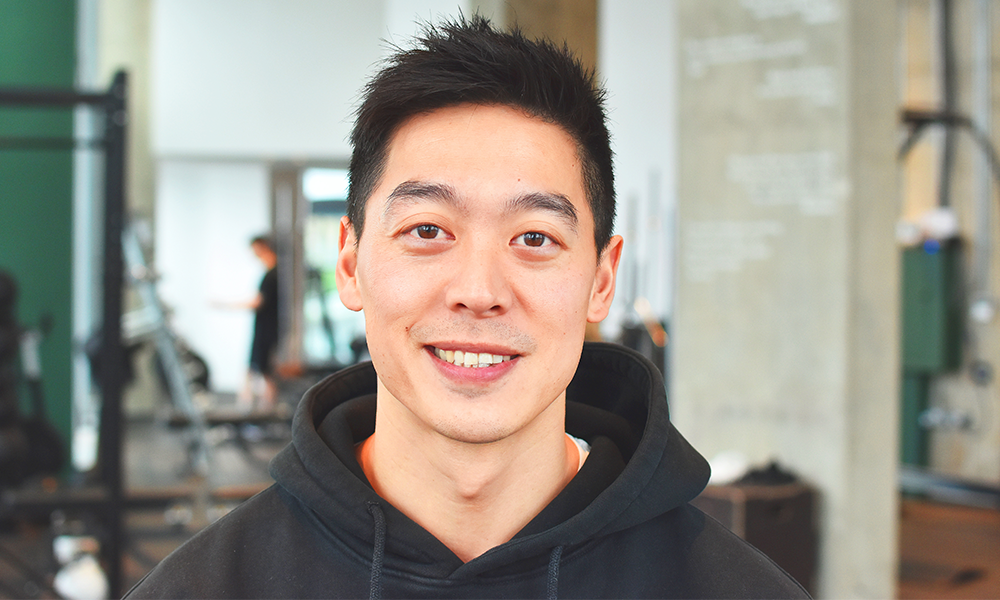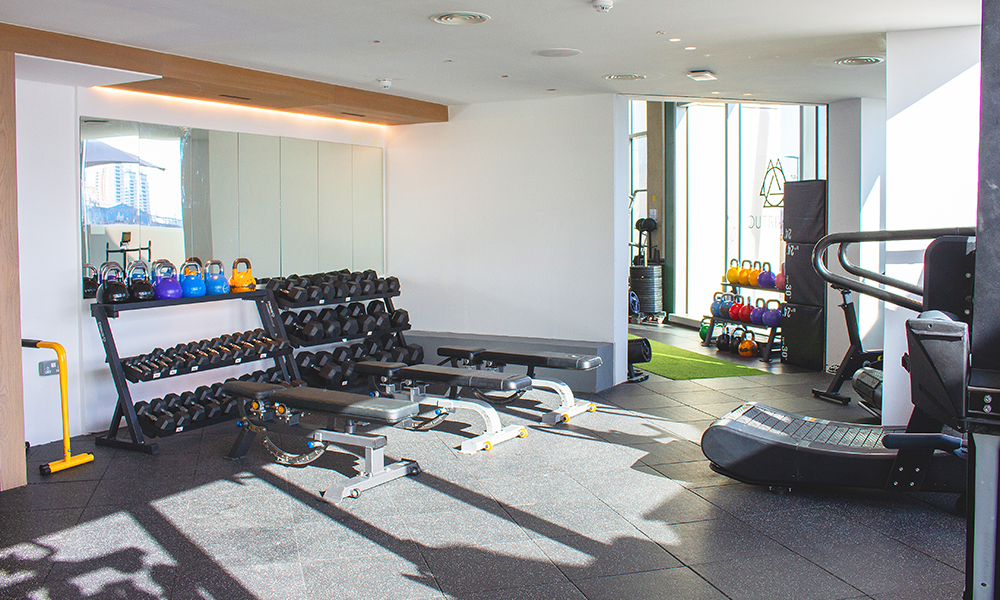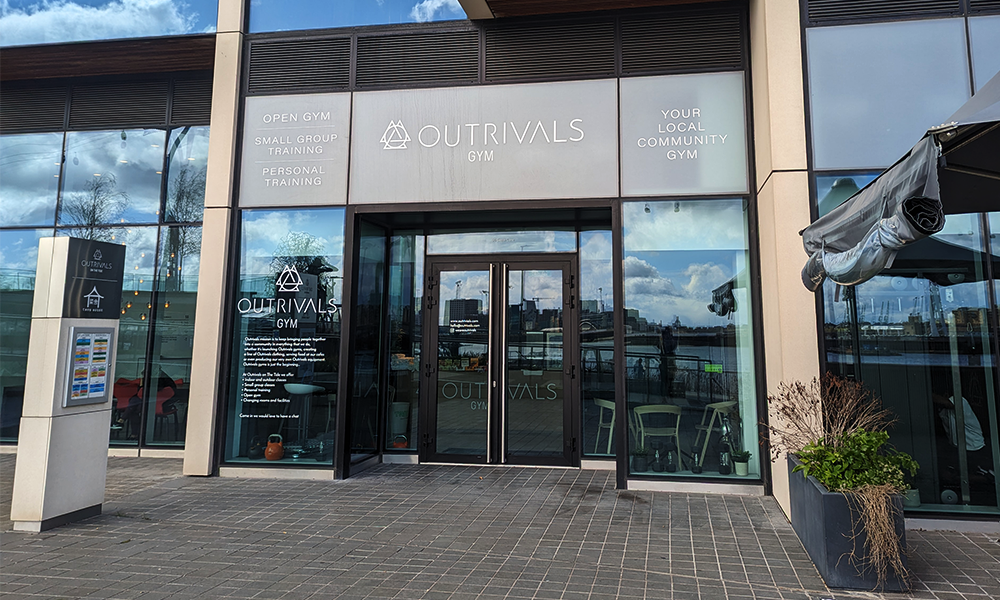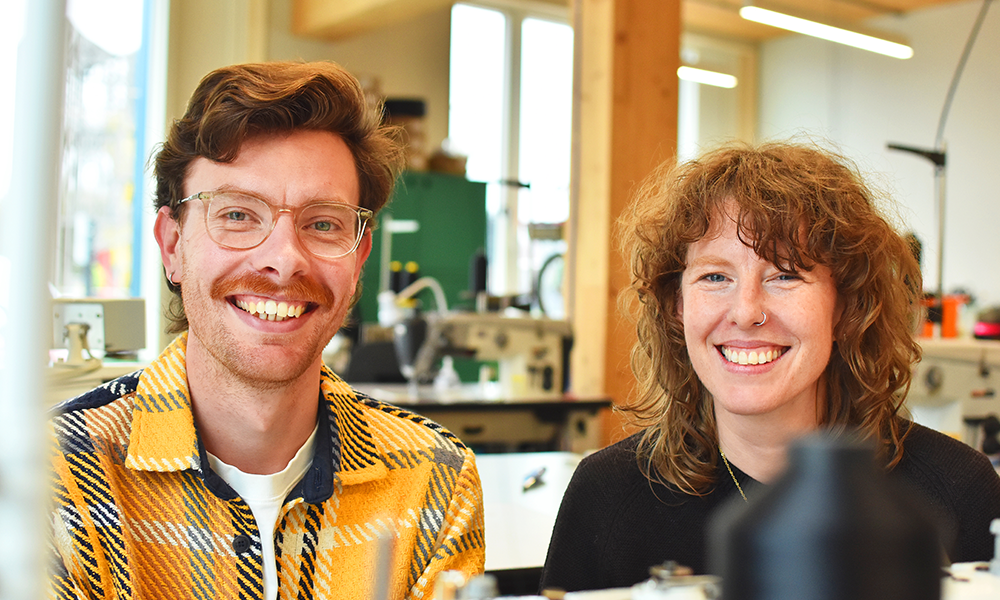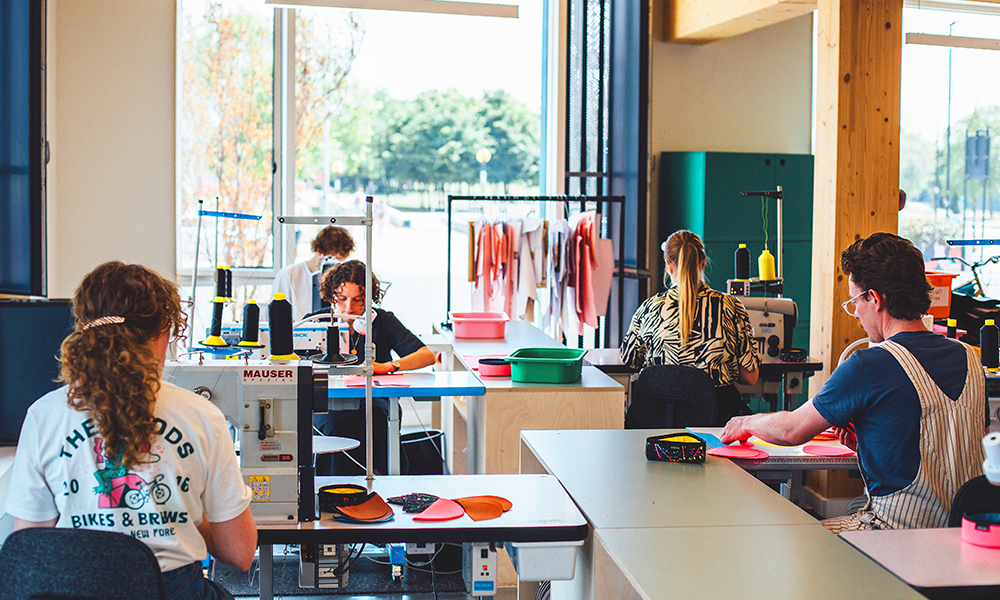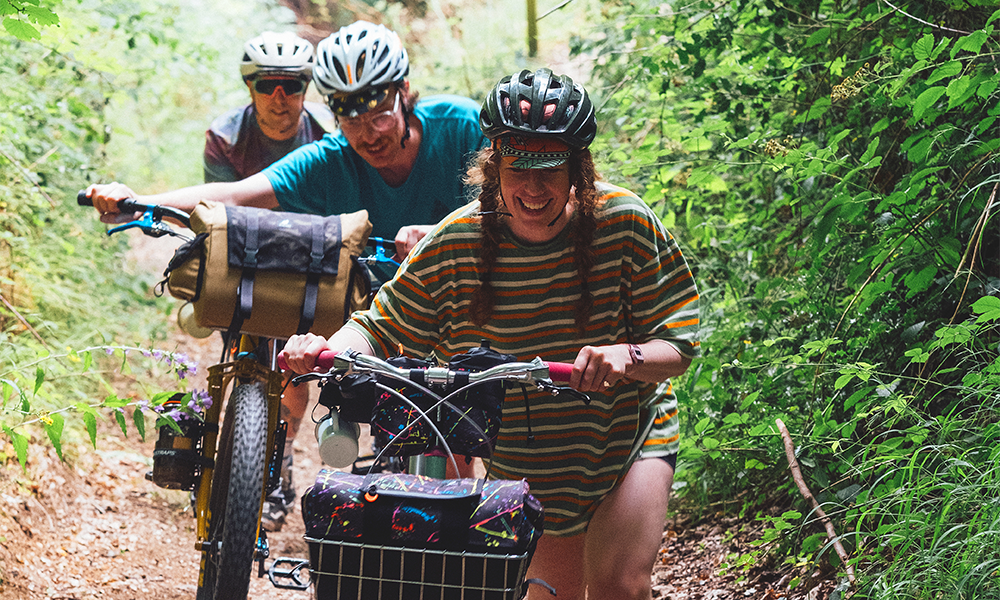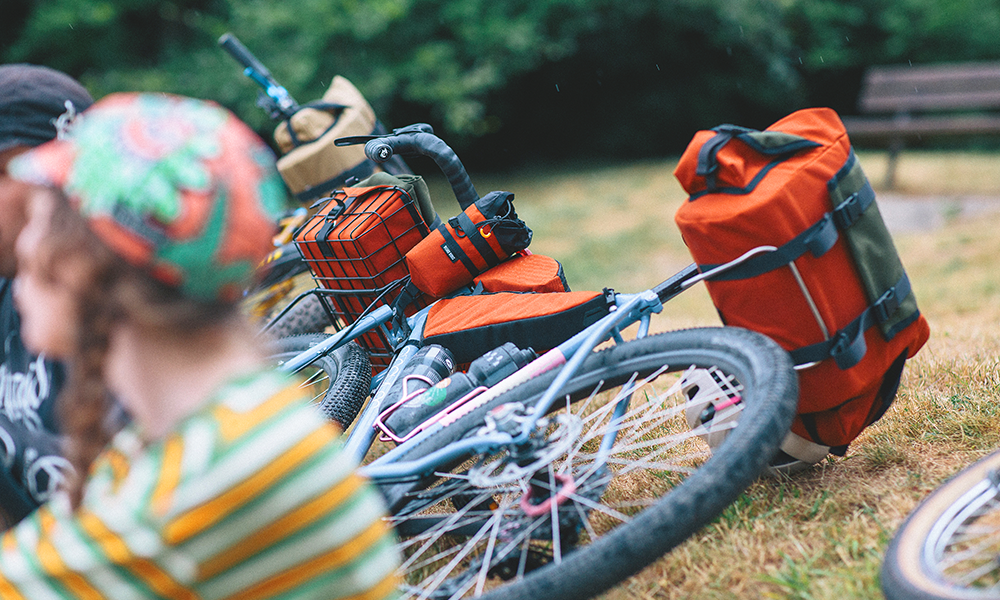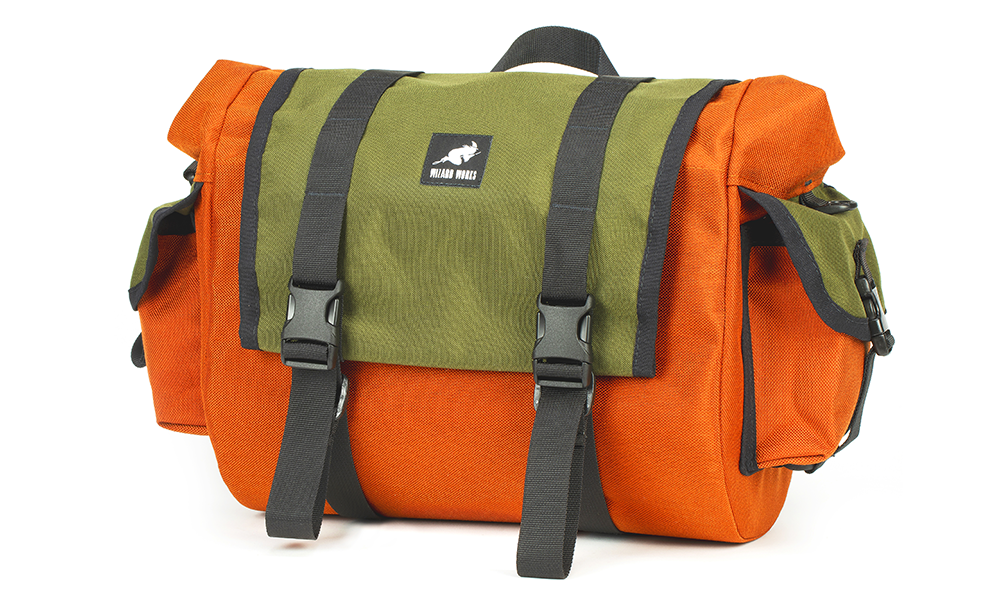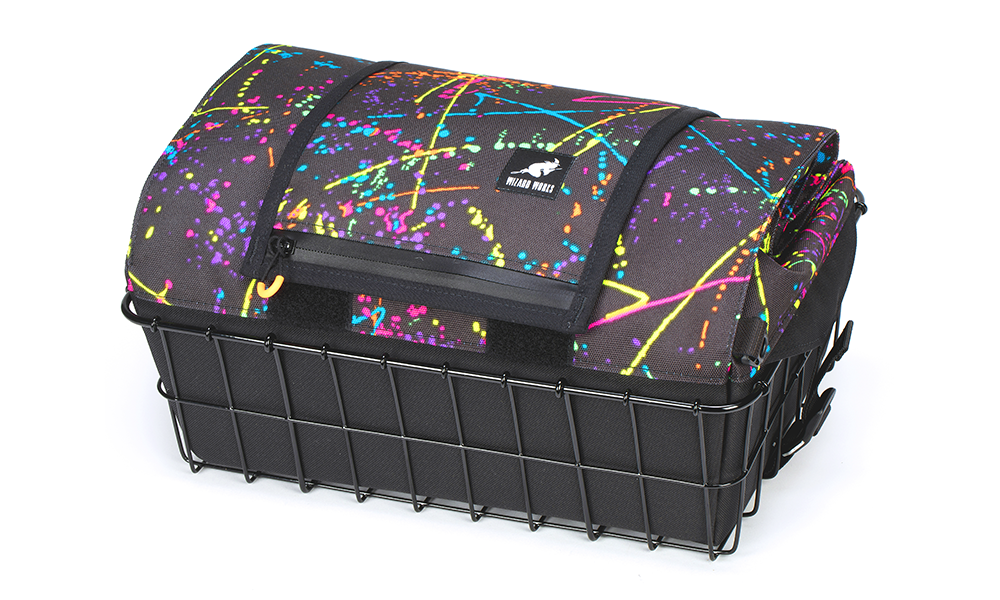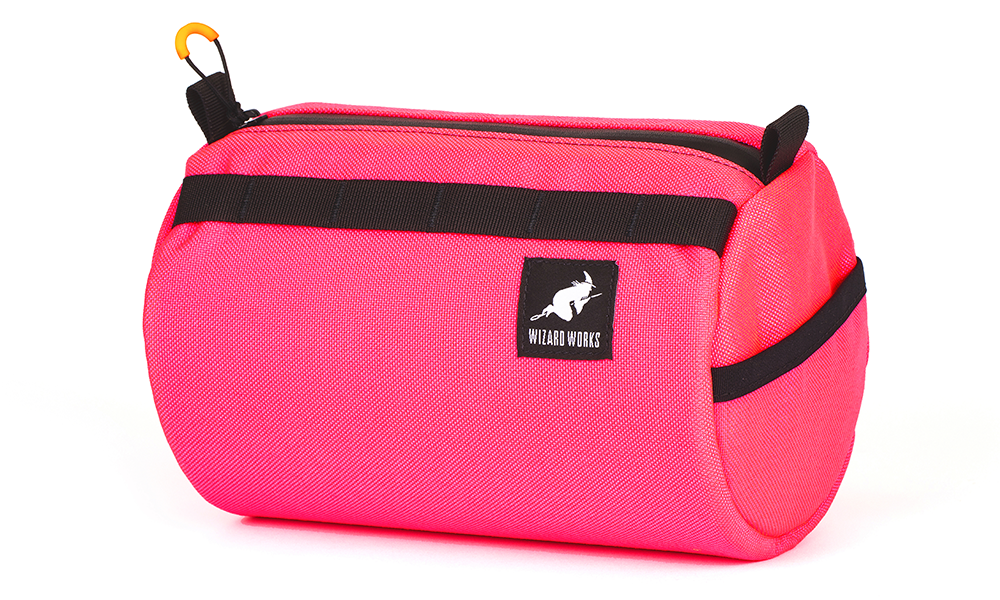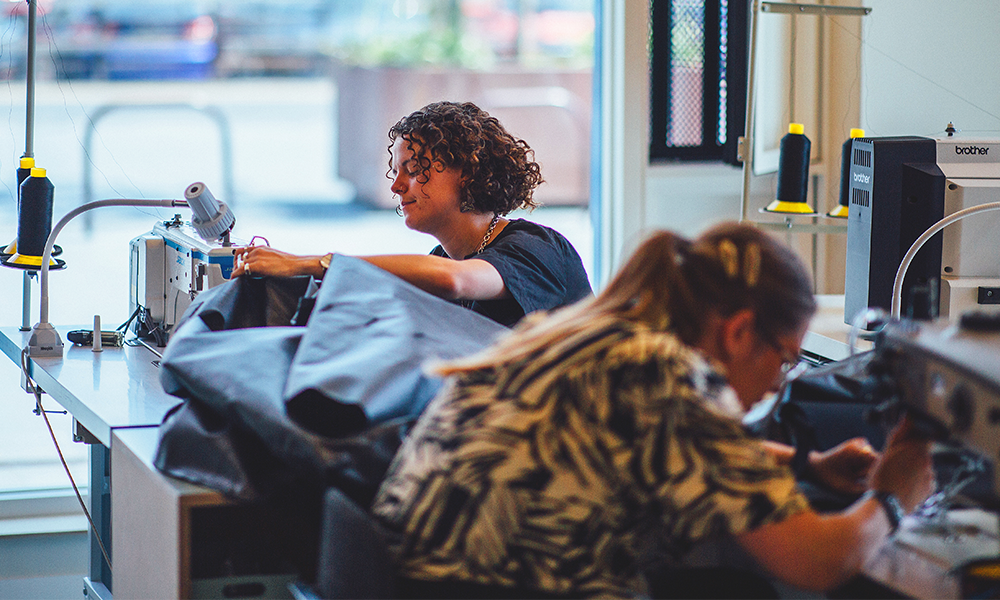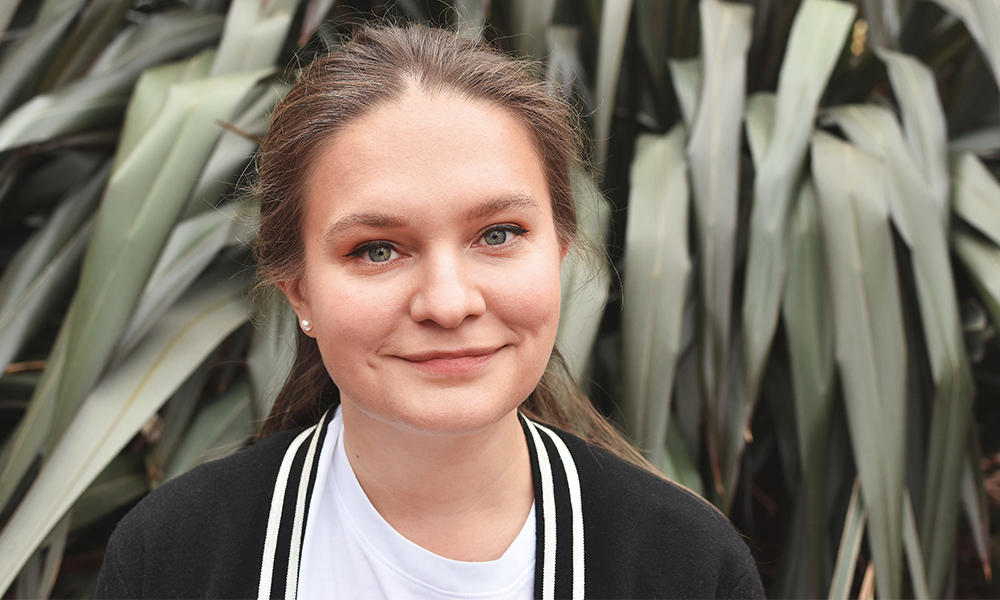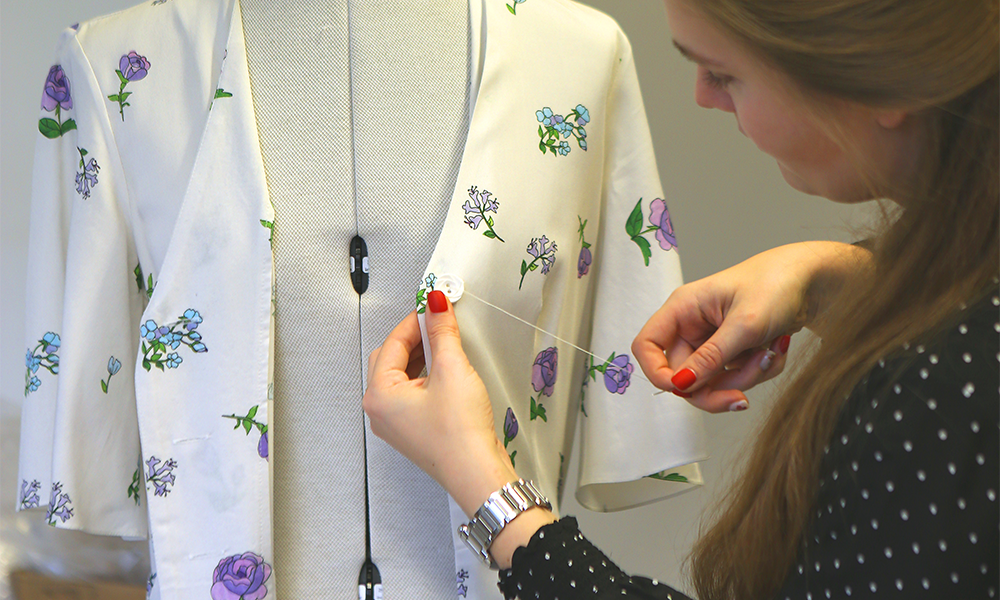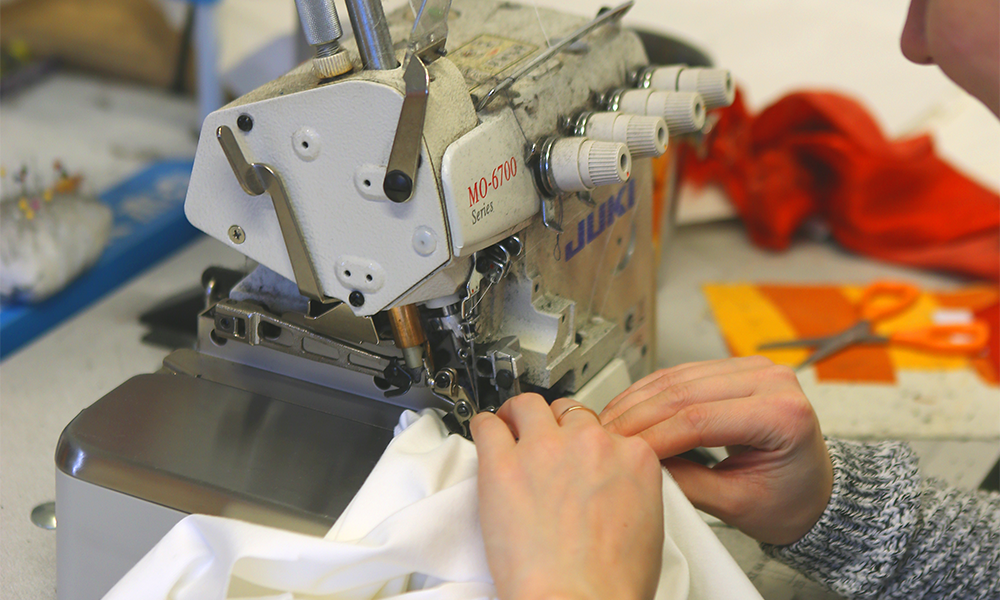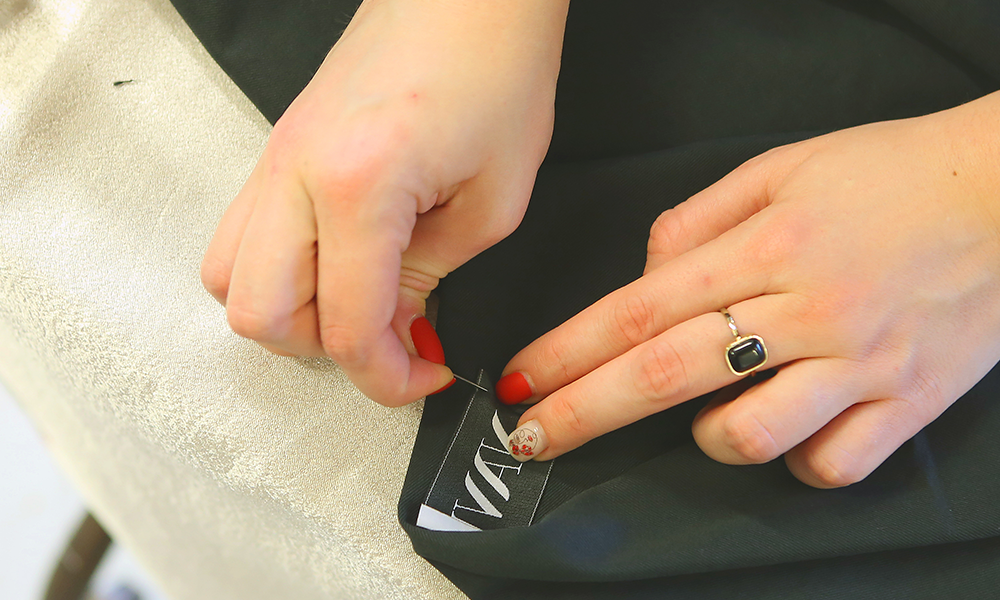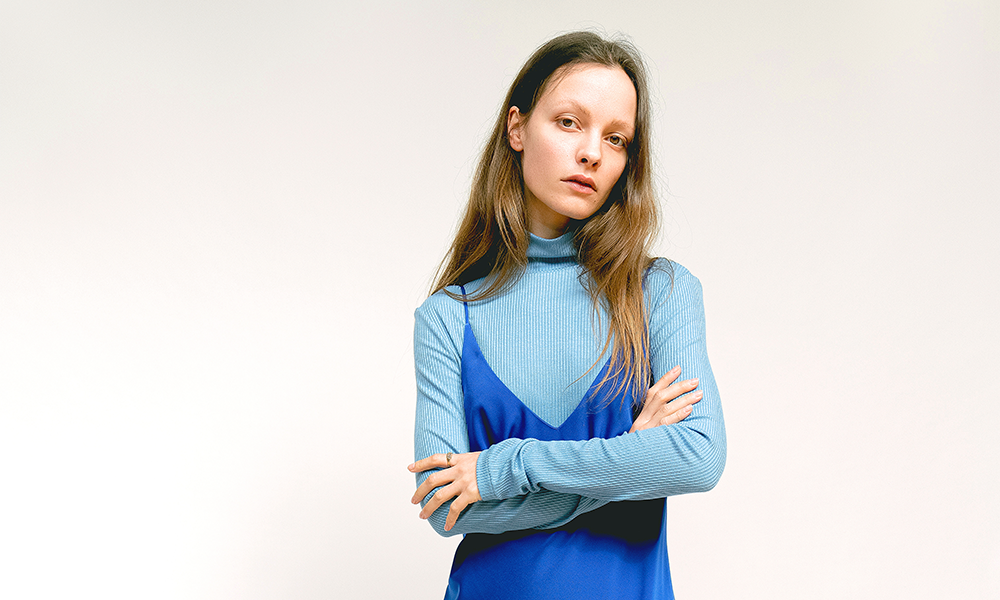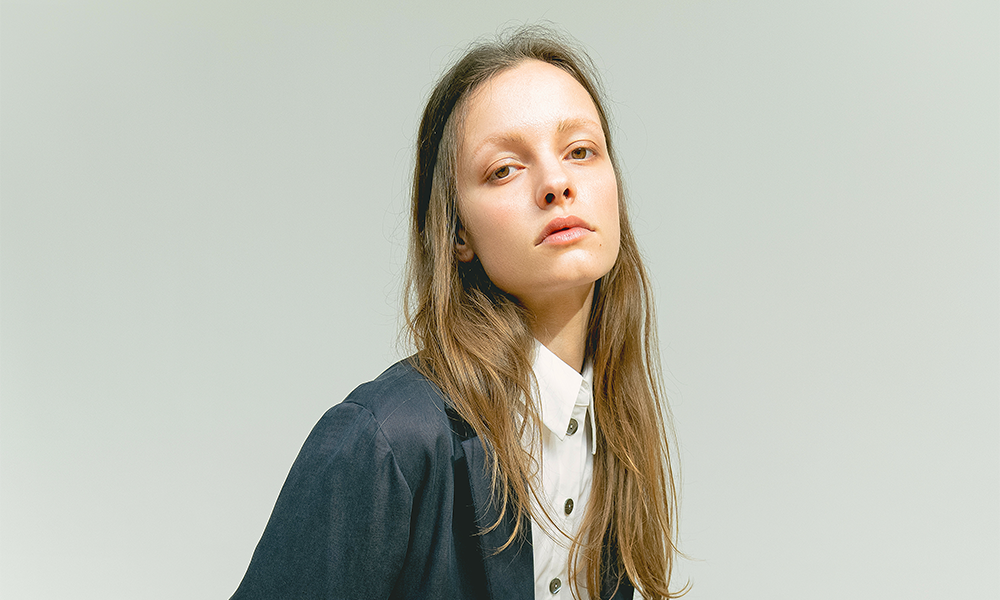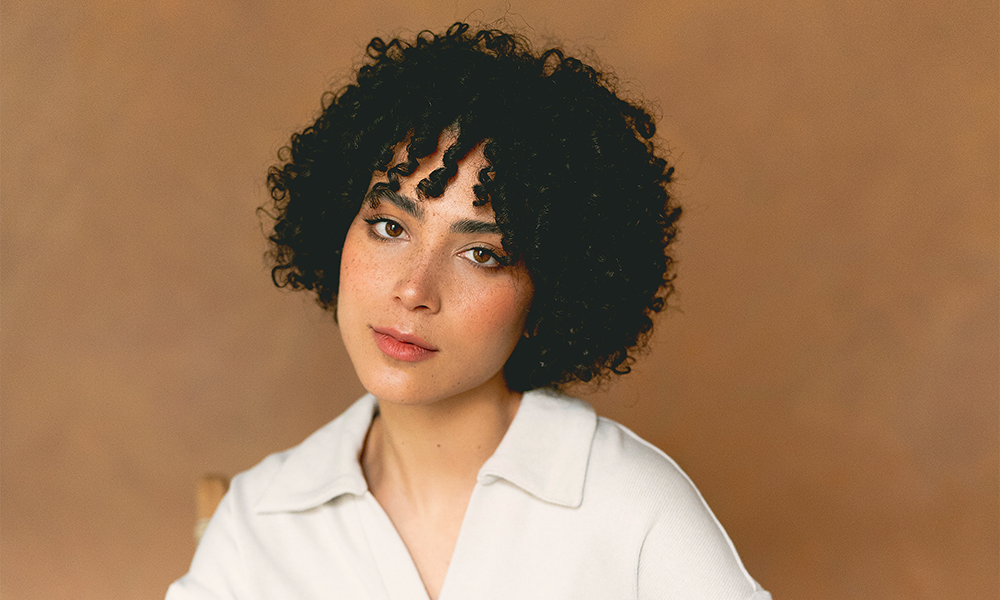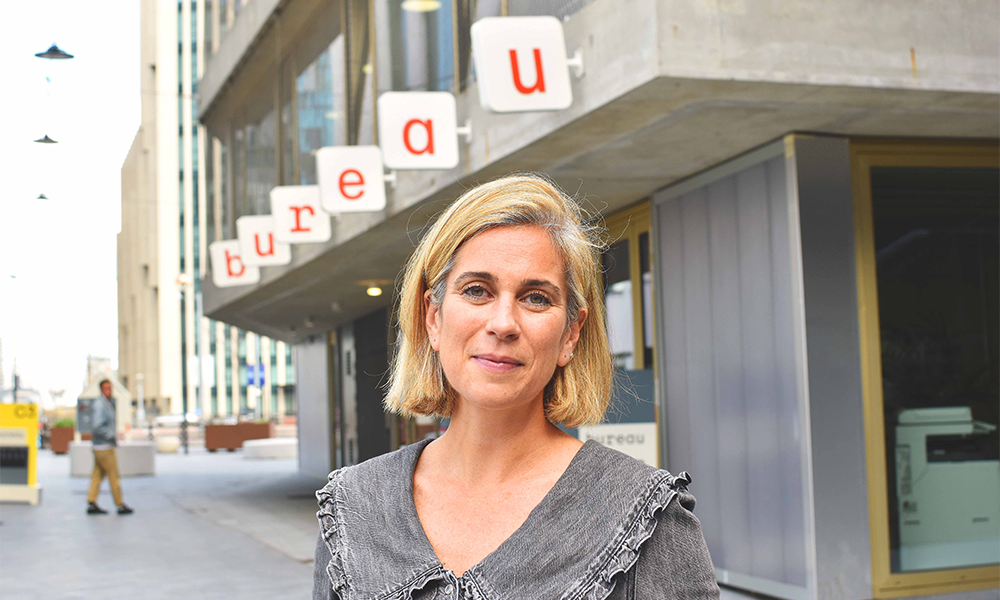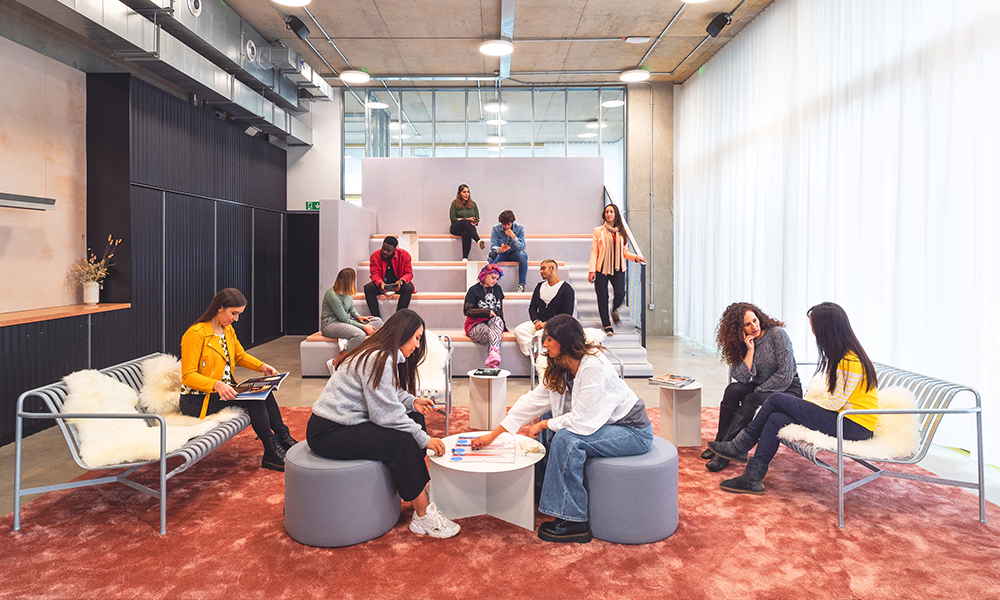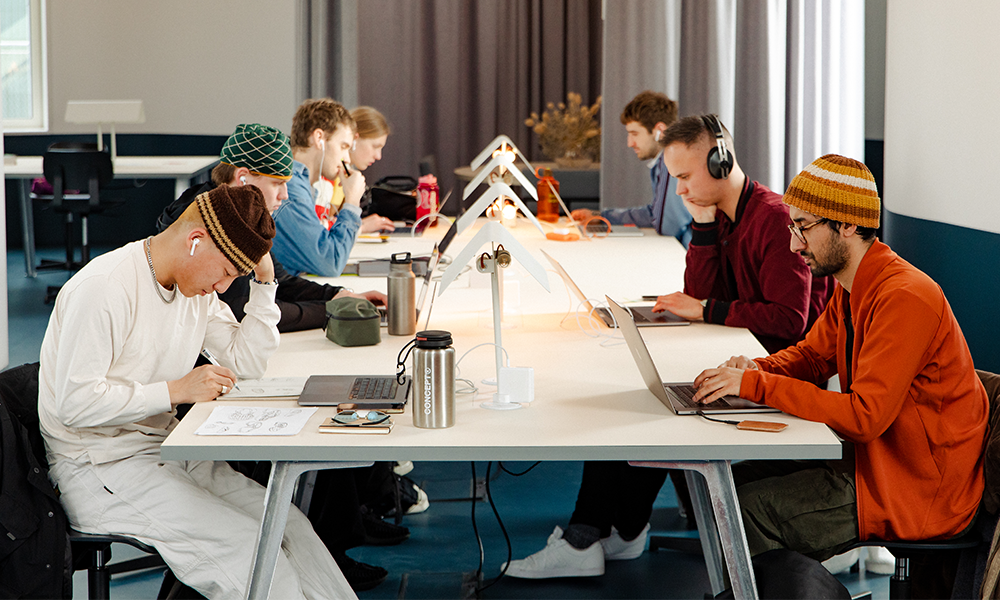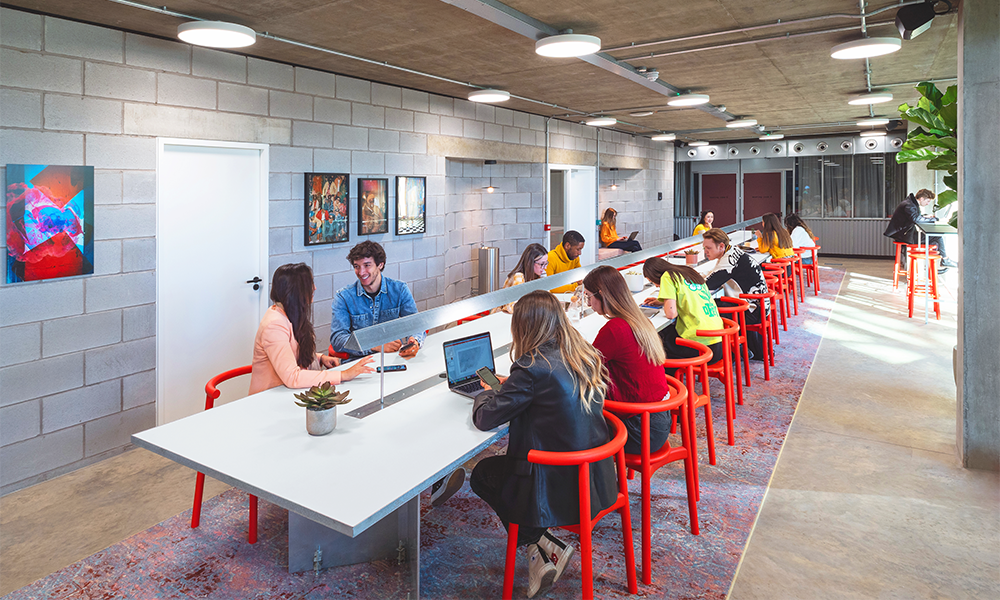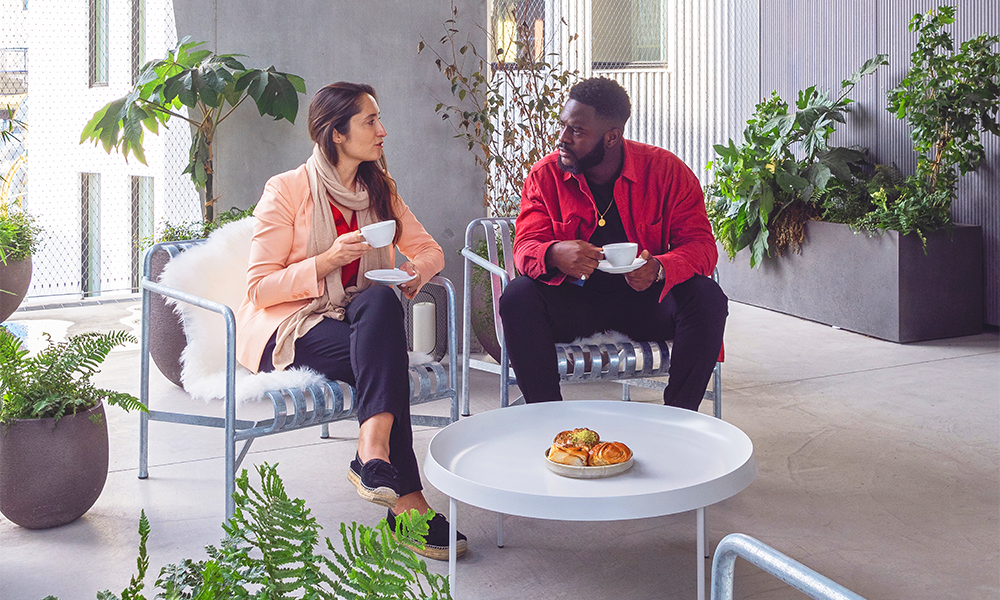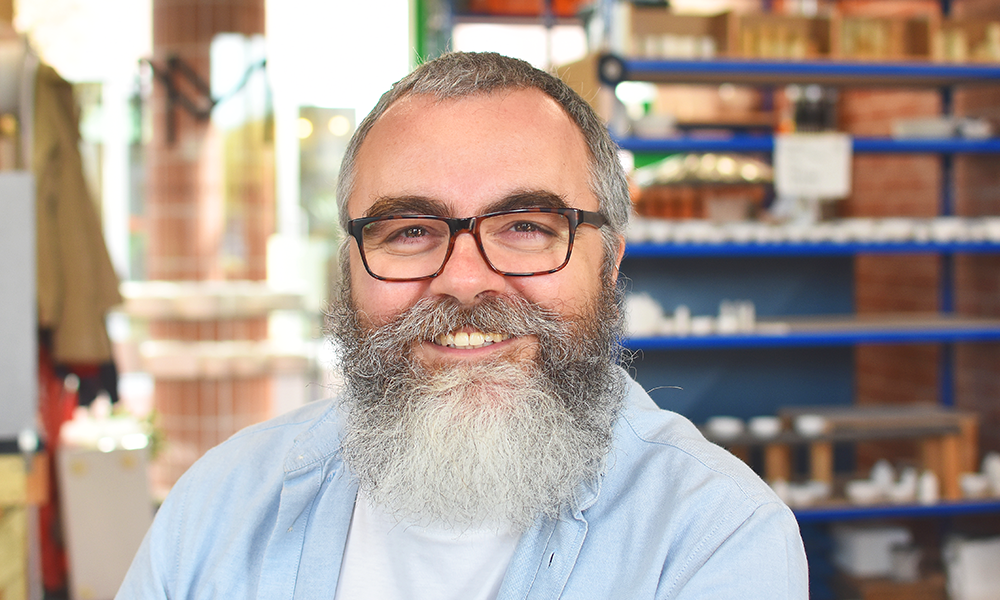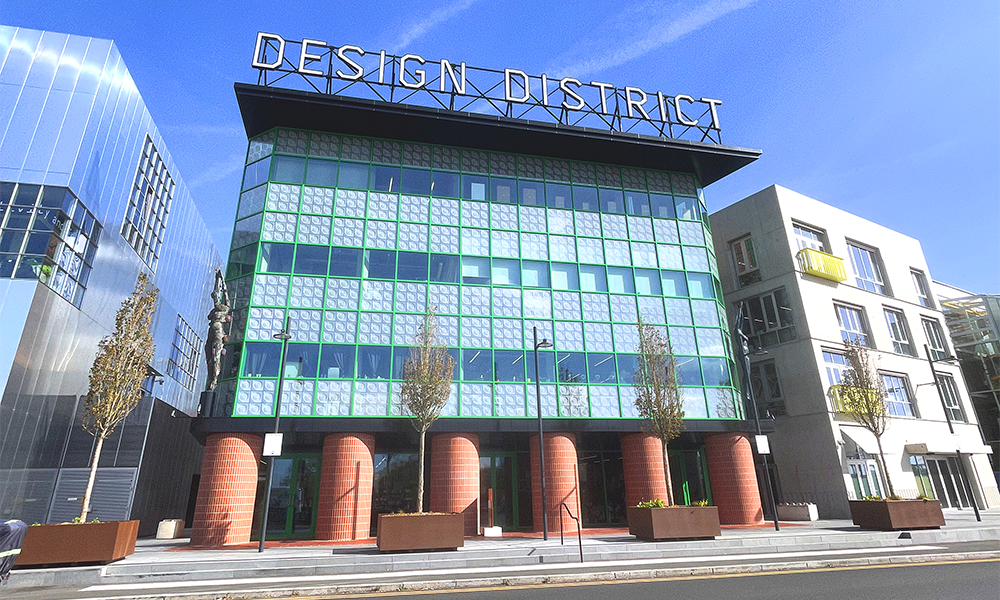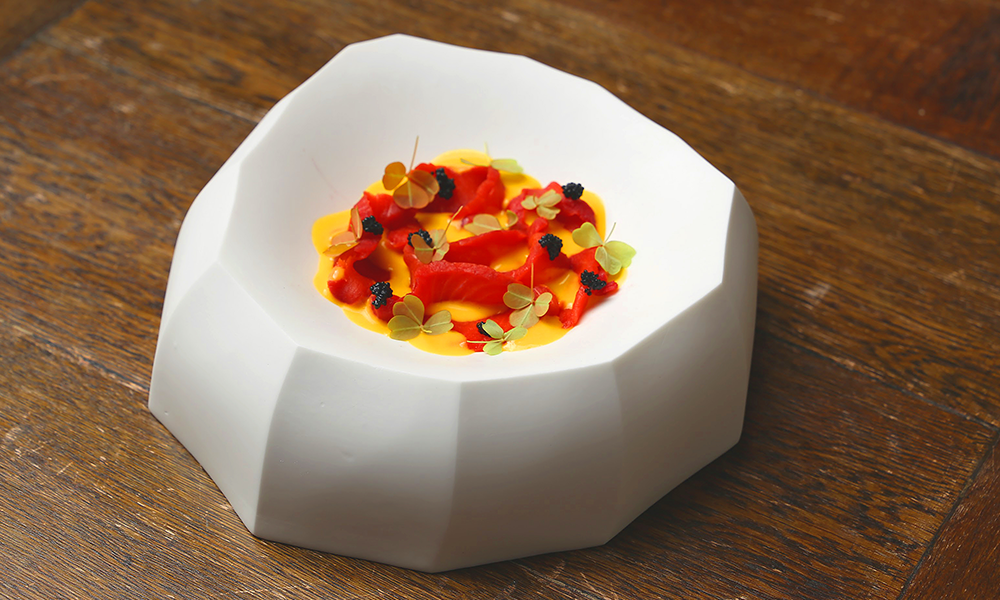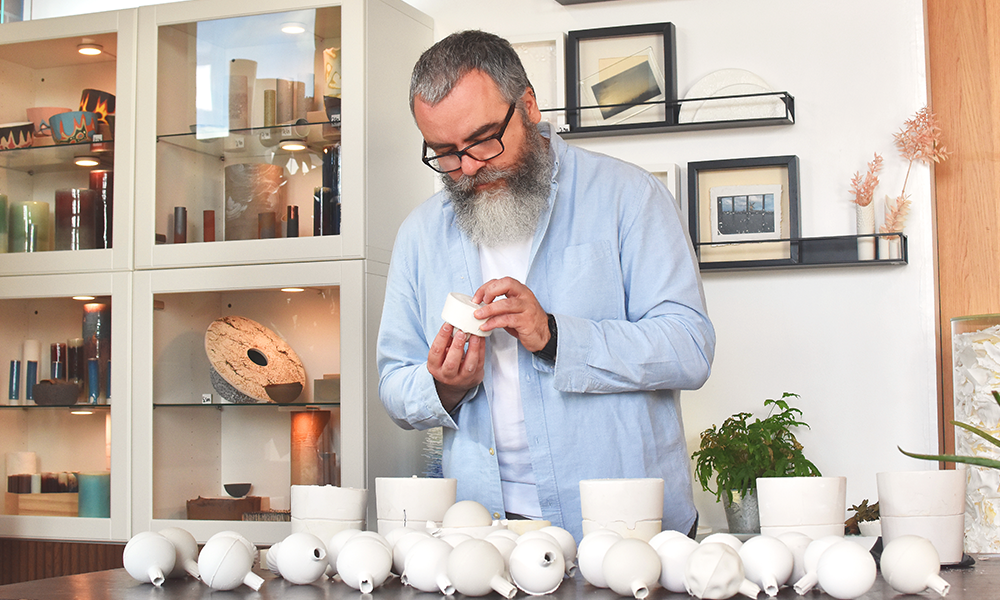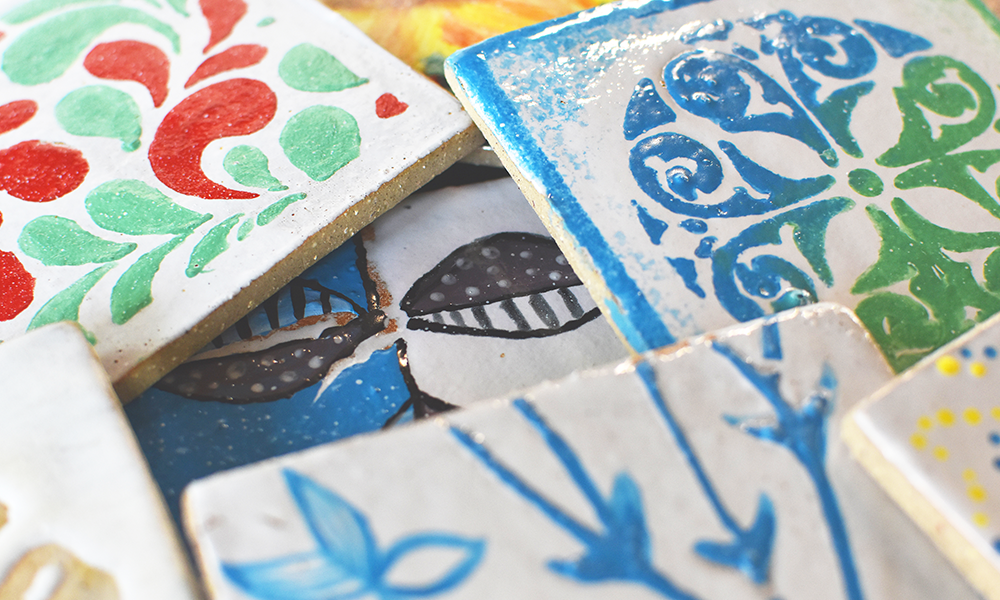Events to mark Year Of The Snake include dragon and lion dances, craft workshops and plenty of street food from noon-4pm on February 1
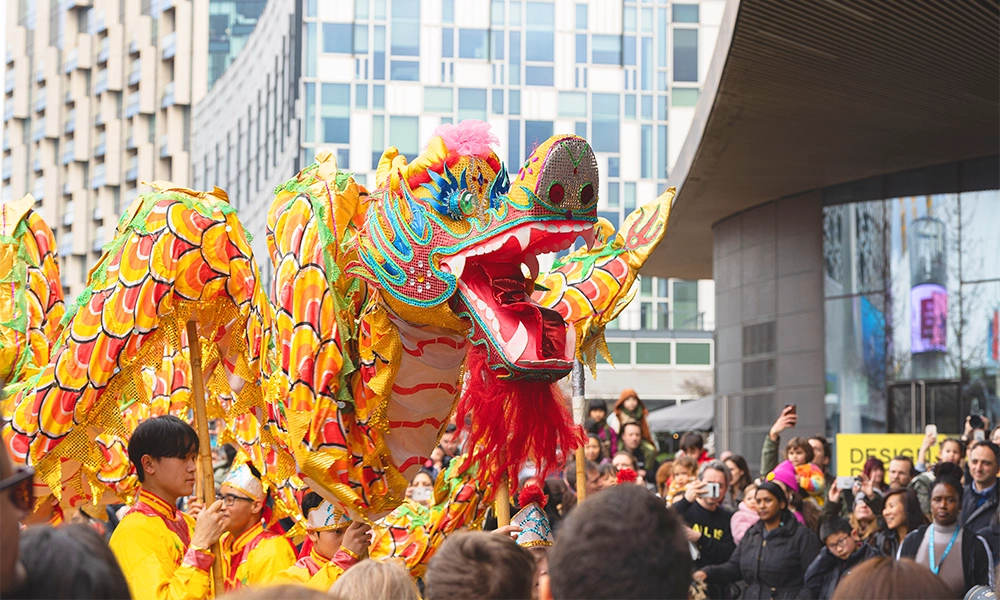
Subscribe to our free Wharf Whispers newsletter here
Greenwich Peninsula is set for a day of events to mark the arrival of the Year Of The Snake on February 1, 2025.
Celebrations for Lunar New Year will run from noon-4pm with a host of free and paid-for activities scheduled.
Those attending can expect workshops, cultural performances, a paper lantern installation and dishes from Asian street food vendors in addition to offerings from Canteen Food Hall And Bar.
“We’re excited to see Greenwich Peninsula once again transform into a hub of celebration for Lunar New Year,” said Greewnich Peninsula director, Laura Flanagan.
“Our riverside neighbourhood is the perfect destination to experience art and creativity, and this year’s programme has something for everyone.
“With themes of connection, prosperity and renewal, we’re delighted to collaborate with so many talented performers, artists and experts to bring these experiences to life.”
Highlights on the programme include the return of the traditional dragon that will once again weave its way through the area as well as lion dance performances – new for 2025.
Through acrobatics, puppetry and rhythmic drumming, these spectacles aim to chase away bad fortune and welcome good luck for the year ahead.
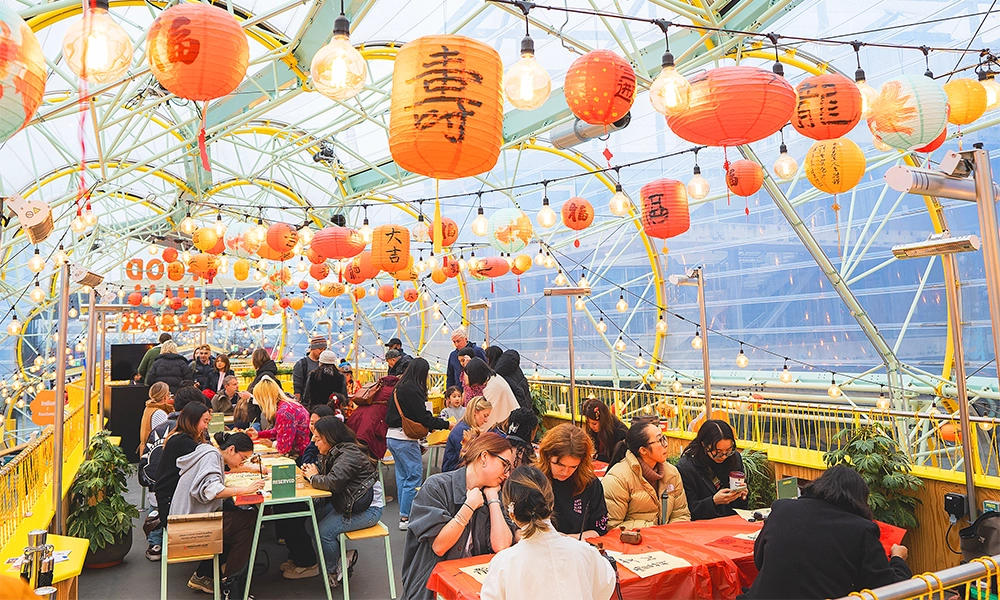
celebrating on the Peninsula
“Greenwich Peninsula boasts an unrivalled offer for anyone looking for a London less ordinary,” said Visit Greenwich chief executive, Barrie Kelly.
“Its Lunar New Year festival is just one of the brilliant cultural offerings enjoyable year-round, bringing community together through creativity.
“We’re thrilled to be partnering with them and can’t wait to get involved with all the amazing events on offer.”
The area’s Lunar New Year programme is part-funded by the government’s UK Shared Prosperity Fund and supported by the Greenwich Council and the Mayor Of London and in partnership with Visit Greenwich.
Activities will include workshops from Yi Crafts, offering visitors the opportunity to try bamboo weaving, Chinese knot-making, woodblock printing and paper cutting.
There will also be an opportunity to learn or master Mahjong, guided by experts from Dear Asia language school.
Its free sessions at Bureau in Design District will also cover the game’s history and explore various strategies available to players.
Greenwich Peninsula is easily accessed from across east and south-east London thanks to North Greenwich Tube station, the London Cable Car and the Uber Boat By Thames Clippers river bus service.
The area boasts a wealth of attractions including the diverse architecture and creative businesses of Design District, the restaurants, shops and venues in The O2 and plentiful parks.
Visitors will find plenty of places for refreshment and entertainment including the independent street food traders at Canteen, Firepit Art Gallery And Studios and Oxygen Active Play and Hollywood Bowl at The O2 for kids.
There’s even the opportunity to try indoor skydiving with iFly’s 170mph vertical wind tunnel, for those seeking a thrill on their trip to the area.
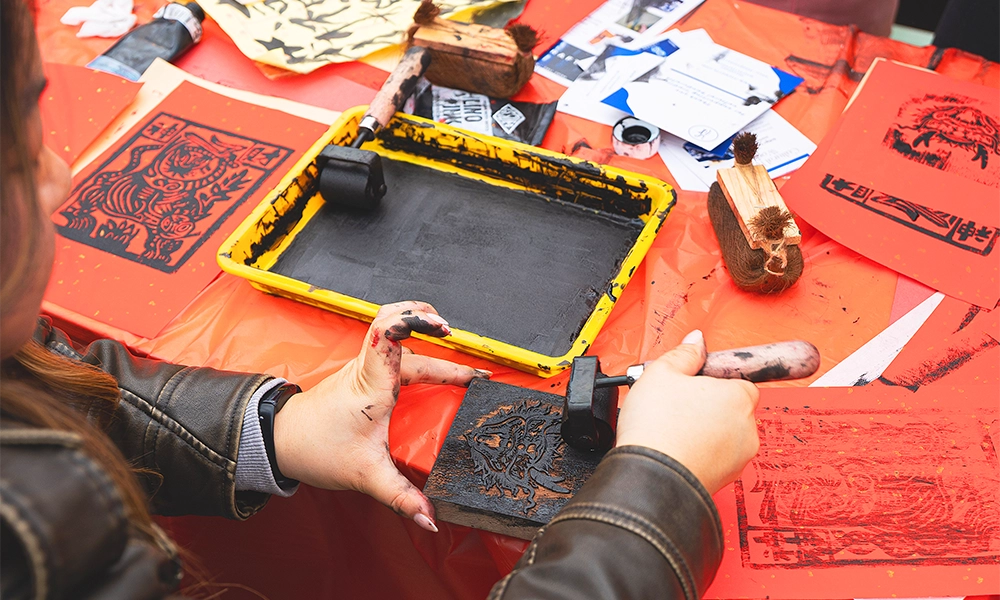
activities for Lunar New Year at Greenwich Peninsula
As Lunar New Year approaches, here’s a run down of Greenwich Peninsula’s activities and attractions on February 1, 2025, so you can plan your visit and avoid missing out…
>> when? Noon
Brut Tea Tasting – £5
Join Brut Tea founders Joyce and Raphael for an intimate tea-tasting session showcasing four blends from the company. Book online for this session at Design District’s Salon
>> when? Noon, 12.30pm, 1pm, 1.30pm
Chinese Knot-Making – £6
Yi Crafts will welcome visitor’s to Design District’s D4 building for a series of 30-minute interactive workshops exploring this intricate art form. Participants will create decorative ornaments. Pre-book online.
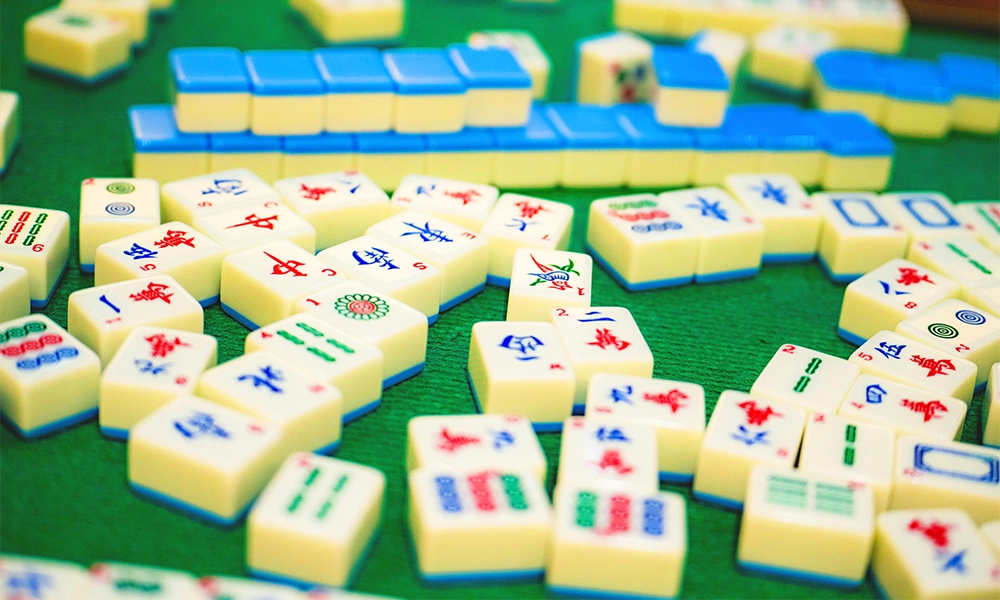
>> when? 12.30pm, 2.45pm
Play Mahjong – FREE (book)
Dear Asia will lead two 90-minute sessions where participants will play and learn about this ancient game. Ideal for beginners. Book a spot in advance for a game at Design District’s Bureau restaurant.
>> when? 1.30pm, 2pm, 2.30pm, 3pm
Paper Cutting – FREE (book)
Take half an hour to immerse yourself in the delicate and festive art of paper cutting with Yi Crafts workshops. Participants will create decorative pieces during the sessions. Book ahead.
>> when? 1.30pm, 2.15pm, 3pm
Lion Dance – FREE
Perhaps the heart of the celebrations will be a pair of dances performed one after the other in Peninsula Square. First up, a dynamic lion dance will chase away bad fortune with vibrant costumes and powerful drumbeats.
>> when? 1.45pm, 2.15pm, 3.15pm
Dragon Dance – FREE
After the three lion dances, a traditional dragon dance will follow with the creature winding its way through the crowds under the careful guidance of the performers. The dragon is said to bring luck, prosperity and renewal for the year ahead.
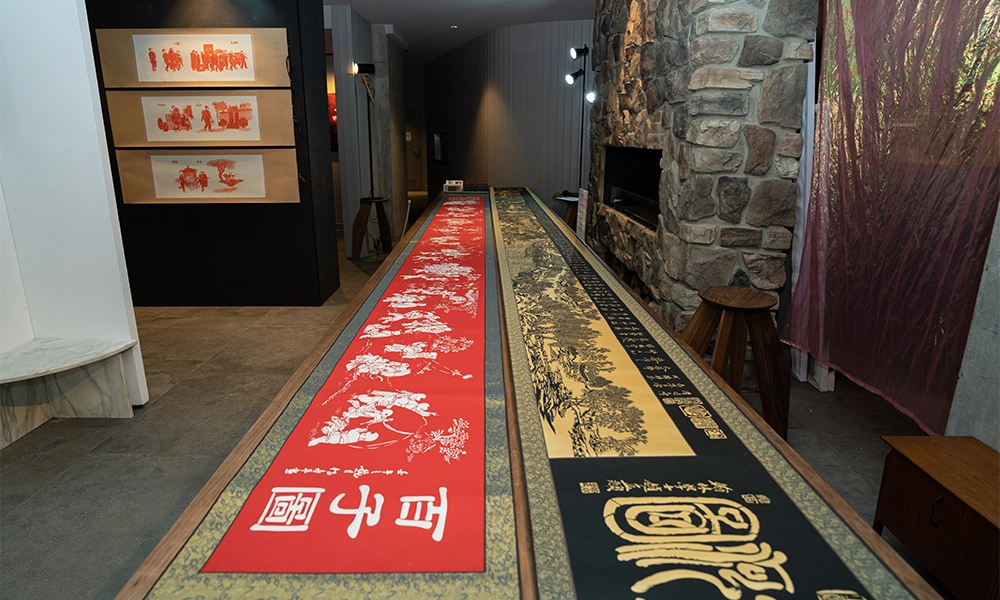
>> when? 2pm, 3pm
Bamboo Coaster Weaving – £10
These two workshops by Yi Crafts will see participants discover the techniques behind this traditional practice. Participants will use sustainably sourced bamboo strips to make their own coaster. The hour-long workshops, at Design District building D4, should be booked in advance.
>> when? 2pm, 2.30pm, 3pm, 3.30pm
Woodblock Printing – FREE (book)
Also run by Yi Crafts at D4, these half-hour sessions are intended for those seeking “a creative and meaningful” Lunar New Year experience with those taking part learning traditional techniques to create their own printed works.
key details: Lunar New Year at Greenwich Peninsula
Lunar New Year celebrations at Greenwich Peninsula are set to take place on February 1, 2025, from noon-4pm.
While much of the festival is free to attend, some activities require pre-booking, while others are paid.
Find out more about the activities here
Read more: How Arc is bringing the ‘largest sauna in the UK to Canary Wharf
